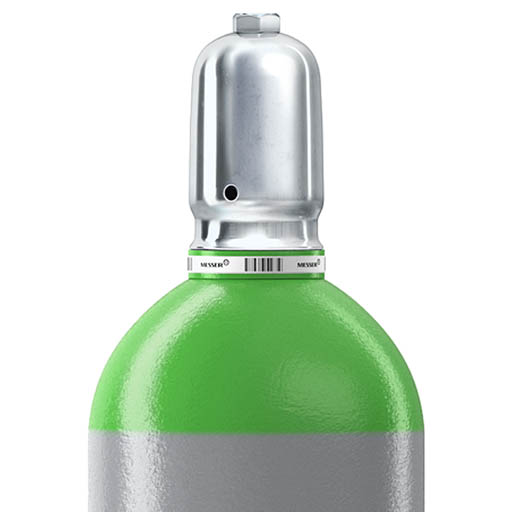Liquid Helium – Quality & Service – Messer - Specialty Gases
Breadcrumb
Liquid helium
LIQUID HELIUM
The cooling agent to achieve extremely low temperatures, e.g. for MRI or NMR
Nested Applications
Liquid Helium - Introduction 1
Liquid Helium – The Coldest Liquid on Earth
The boiling point of helium is 4.2 K or -269 °C. Liquid helium is the coldest liquid on earth. It is mainly used as coolant to reach extremely low temperatures. In order to limit product losses, liquid helium is supplied and stored in special cryogenic vessels, so-called dewars. According to the actual demand, Messer offers liquid helium in dewars of different sizes, which range from 50 liters to dewars with a capacity of up to 450 liters. Very large consumers, such as equipment manufactures or major research institutes, may also be supplied by tank containers with a capacity of 40,000 liters.
Liquid Helium - Contact Form
Liquid Helium - Introduction 2
Applications of Liquid Helium
Most technical applications of liquid helium are related to superconductivity. This is the physical property observed in certain materials that if the material is cooled down below a “critical” temperature, the electrical resistance vanishes. Due to the extremely low transition temperatures of technically used superconductors, they need to be cooled by liquid helium. The most important application of superconductivity is in very powerful superconducting electromagnets. By far the largest applications of liquid helium is the use in magnetic resonance imaging (MRI) and nuclear magnetic romance (NMR) machines, followed by beam-steering magnets used in particle accelerators.
Nested Applications
Liquid Helium - MRI
Liquid Helium for Magnetic Resonance Imaging (MRI)
Magnetic resonance imaging (MRI) is a medicinal imaging technique. The MRI scanners use strong magnetic fields, generated by a superconducting magnet. Liquid helium cools the magnet below the critical temperature of the superconducting solenoid coil.
Liquid Helium - NMR
Liquid Helium for Nuclear Magnetic Resonance (NMR)
Nuclear magnetic resonance (NMR) spectroscopy is a scientific imaging technique. The NMR scanners use strong magnetic fields, generated by a superconducting magnet. Liquid helium cools the magnet below the critical temperature of the superconducting solenoid coil.
Nested Applications
Liquid Helium - MRI Image

Liquid Helium - NMR Image

Specialty gase page
SPECIALTY GASES
Do you have high standards? We do, too. Specialty gases from Messer
Contact form for every page
Contact us
select action

Form
Download Files Portlet
Invitation to download
Please select the leaflets that you would like to download.

